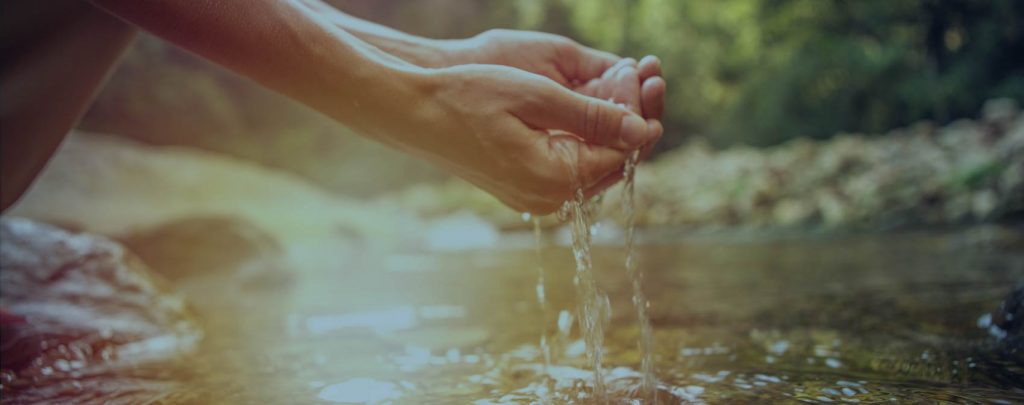The bipartisan federal infrastructure bill promises millions in investment for New Jersey’s outdated water systems, and there is a potential “Build Back Better” bill pending that would provide even more desperately needed funds. Do you know how all of these federal infrastructure dollars will play out at the ground level in your town or community? Are you curious to learn more? Do you know where your drinking water comes from or where your treated wastewater goes?
Jersey Water Works’ innovative online dashboard, Jersey WaterCheck (JWC)—which was launched in 2021—has recently been updated with new data and provides accessible information on your water systems. You can use the tool to learn who provides your drinking water or treats your wastewater, find those respective utilities’ websites, access their consumer confidence reports and/or financial reports, see historical data over time for certain metrics, and much more.
Some of the data is relevant to recent water policy changes. For example, a law (A-5343/S-3398) passed this past summer requires New Jersey’s public drinking water systems to produce an inventory of their lead service lines. The JWC metric on lead service lines at the state level shows an increase in the number of lead service lines reported from 2019 to 2020. This a positive sign of progress by water systems in building their inventories, and this trend is expected to continue with the new law. Hopefully sooner rather than later, we will see the trend reverse directions as more lead service lines are replaced, especially with the help of the aforementioned federal funding. Similarly, we observe a positive trend in that more drinking water systems are meeting the Water Quality Accountability Act (WQAA) requirements for asset management plans. The WQAA establishes rules on safety, reliability, and administrative oversight of water infrastructure.
Jersey WaterCheck will continue to be updated every year. It is critical to do so, since a tool like this depends on the latest data, even if such data only represents a snapshot in time. Additionally, with historical data we can continue to monitor trends and use them to make the case for continued investment in critical water infrastructure, while prioritizing where the forthcoming federal funds should be dispersed. Tools like these are critical to achieving goals for clean drinking water and waterways, as well as climate-resilient water systems, for all communities in New Jersey.
For 2022, let’s make a New Year’s resolution to get to know our drinking water and wastewater utilities better. It’s an easy one to keep, since Jersey WaterCheck is available to help us find this information with a few clicks. Remember, it takes all of us to play a role in ensuring that our essential public health infrastructure remains robust for generations to come. So, we invite you to be part of the movement—check out Jersey WaterCheck, join Jersey Water Works as a member, and share both with your networks.
